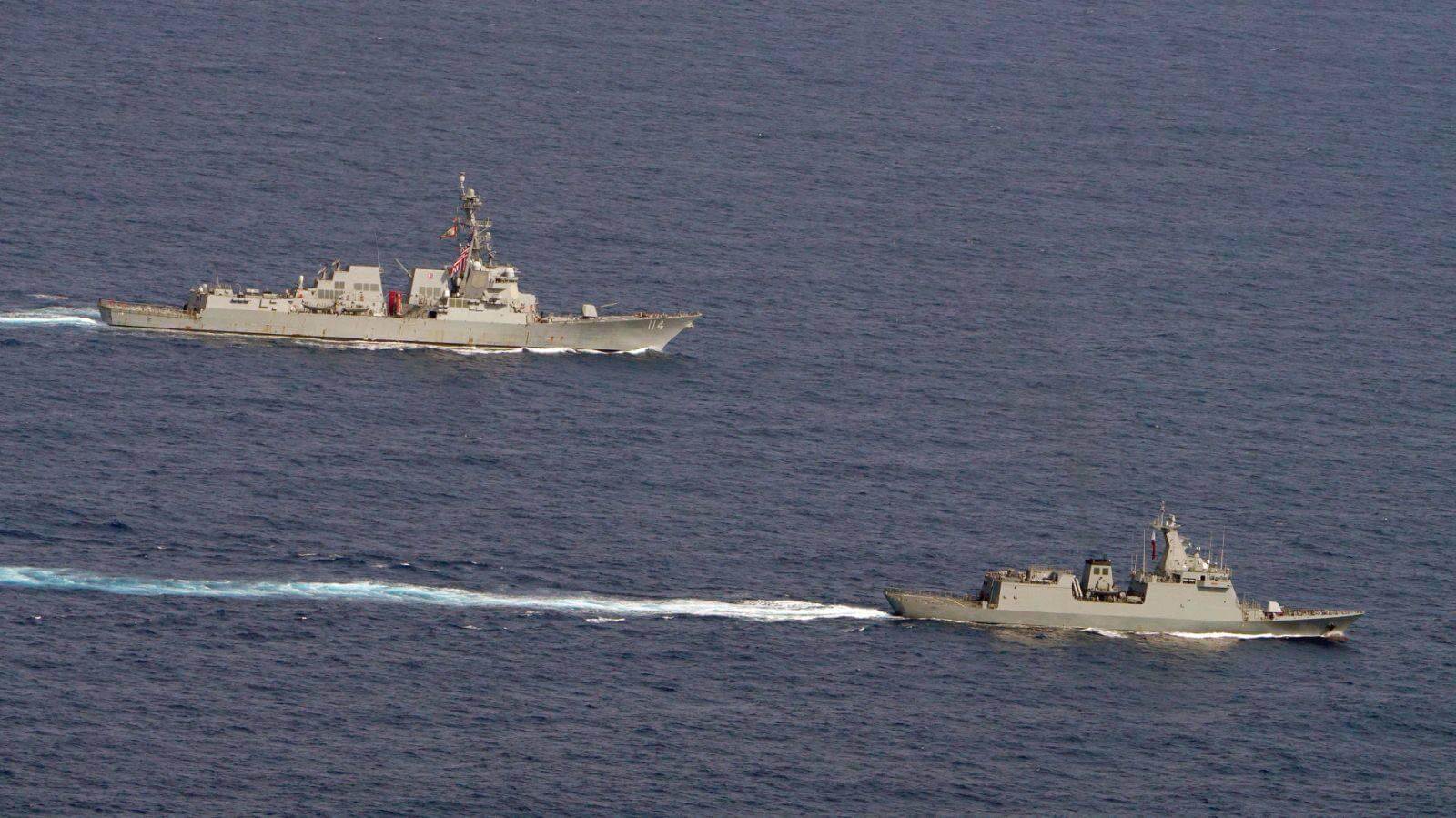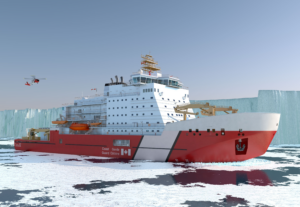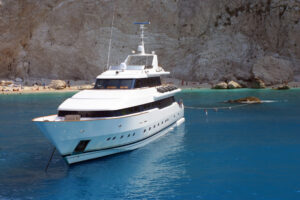The Philippine armed forces will increase the maritime surveillance as territorial disputes in the South China Sea continue to strain relations between Manila and Beijing.
The news come in the light as the navies of the Philippines and the United States conducted a joint sail in parts of the South China Sea with the aim of enhancing maritime cooperation.
The joint sail saw two advanced warships — the Philippine Navy’s guided-missile frigate BRP Jose Rizal (FF150) and the U.S. Navy’s Arleigh Burke-class guided missile-destroyer USS Ralph Johnson (DDG 114) — cruise side by side on September 4 “as a testament to a robust maritime cooperation,” AFP said in a statement.
The aim of the activity is “enhancing interoperability between the two navies,” the statement further said, adding, “In particular, this event aims to provide an opportunity for the Philippine Navy and the U.S. Indo-Pacific Navy to test and refine existing maritime doctrine and demonstrate their defense capabilities in line with the shared commitment of upholding peace and security in the Indo-Pacific Region.”
The Philippines has accused China of displaying aggressive acts in the region.
The territorial dispute between China and the US-aligned Philippines is at increasingly high risk of escalating into a conflict involving the two countries, analysts have said.
Manila’s complaints include an Aug. 5 incident accusing the Chinese Coast Guard for “excessive and unlawful actions against Philippine vessels near Ayungin Shoal.”
“One of our chartered supply boats was blocked and water cannoned by a CCG vessel, while en route to Ayungin Shoal for a routine troop rotation and resupply mission, in wanton disregard of the safety of the people on board and in violation of international law,” it said.
The U.S. showed support for the Philippines following the August incident.
“The United States stands with our Philippine allies in the face of dangerous actions by the Coast Guard and maritime militia of the People’s Republic of China (PRC) to obstruct an August 5 Philippine resupply mission to Second Thomas Shoal in the South China Sea,” the U.S. Department of State said at the time.
The US department spokesperson Matthew Miller in a press release reminded that “by an international tribunal’s legally binding decision issued in July 2016, the People’s Republic of China (PRC) has no lawful claim to the maritime area around Second Thomas Shoal, which is located well within the Philippines’ exclusive economic zone.”
Recently the Philippine armed forces reported that another mission to Ayungin Shoal was completed successfully. The country´s armed forces claim that this tactical operation is a manifestation of its firm resolve to assert its sovereign rights and jurisdiction in its maritime zones.
Second Thomas Shoal, also known as Ayungin Shoal, holds a strategic importance for the Philippines and a fishing ground for its fishermen, as the country says.
In response to the latest confrontation, the Chinese coast guard issued a statement on September 8, accusing the Philippines of unauthorized entry into the adjacent waters of Ren’ai Reef.
“Two coast guard vessels from the Philippines entered the adjacent waters of Ren’ai Reef in China’s Nansha Islands without the permission of the Chinese government. The China Coast Guard strictly warned the Philippine vessels in accordance with the law, tracked and monitored the vessels all the way and effectively regulated them. China has indisputable sovereignty over the Nansha Islands, including the Ren’ai Reef, and its adjacent waters, and firmly opposes the illegal transportation of construction materials by the Philippines to the illegal grounded warship,” the statement read.
As a testament to a robust maritime cooperation, the Philippines and United States are currently conducting a bilateral sail in the Philippine waters located west of Palawan.
— Armed Forces of the Philippines (@TeamAFP) September 4, 2023
Read more: https://t.co/tLgE7pxMMO
(Photos by: Western Command, AFP)#AFPyoucanTRUST pic.twitter.com/06m3lFfLS8



